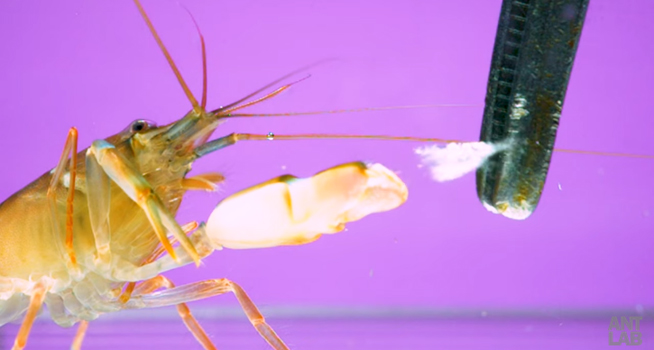Did you know that a snapping shrimp can fend off attackers using rapid jets of water by snapping its claws? These jets move so quickly that the pressure in them drops below the pressure of the water itself – causing the tiny bubbles to expand.
You might be thinking: “What does this have to do with glass?”
Well these bubbles are a naturally occurring example of cavitation – which is a cause of pharmaceutical glass breakages. This happens when a sudden drop in pressure makes the fluid in a glass container change state from liquid to vapour.
It can damage the drug product itself as well as cause protein aggregation. Cavitation can be induced by shocks (when vials strike a hard surface), syringes under aspiration, or during the ejection of fluid drugs. It can also occur during the transportation of medical products.
Some of the key factors that impact the chance of cavitation
- Fill volume – Smaller fill volume can reduce the likelihood of cavitation
- Vial dimensions – Larger diameter vials can reduce the likelihood of cavitation
- Vial material – Plastic is shown to significantly increase the likelihood of cavitation – choose glass!
- Product – Cavitation is more common in pharmaceutical products due to the purity of the water used.
If you are having an issue with your pharma glass packaging, Glass Technology Services‘ technical experts would be happy to help.




